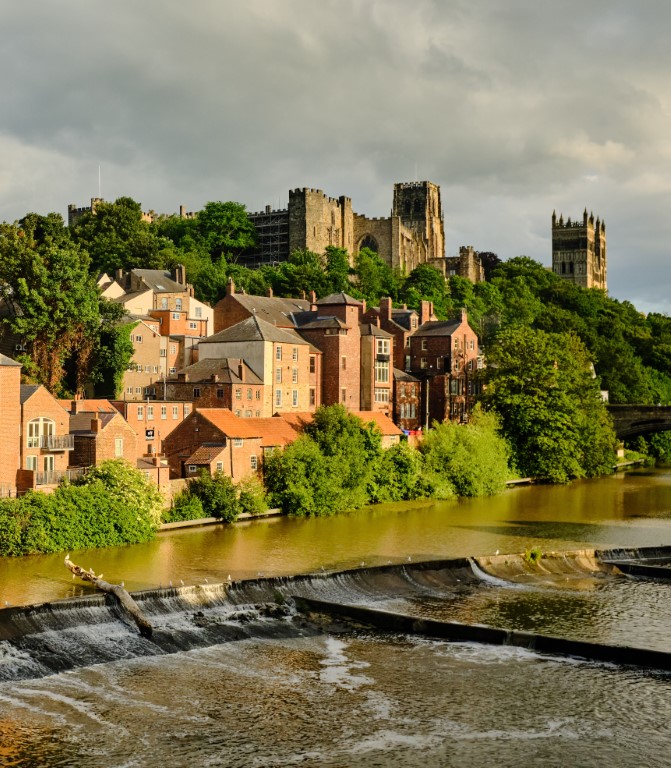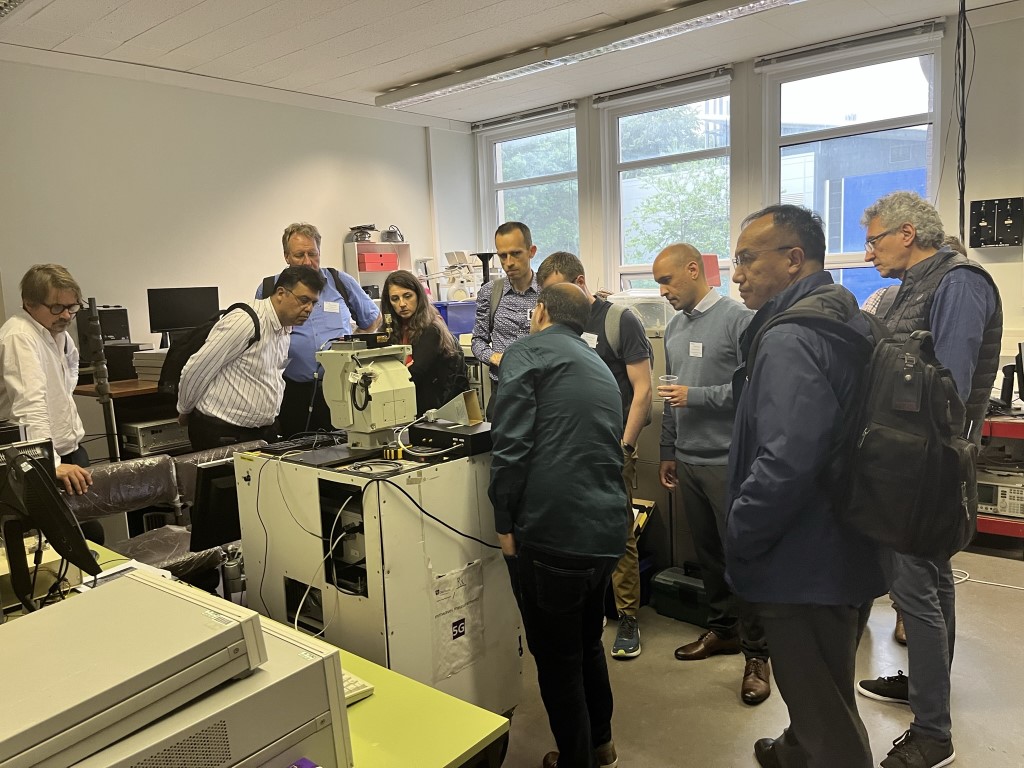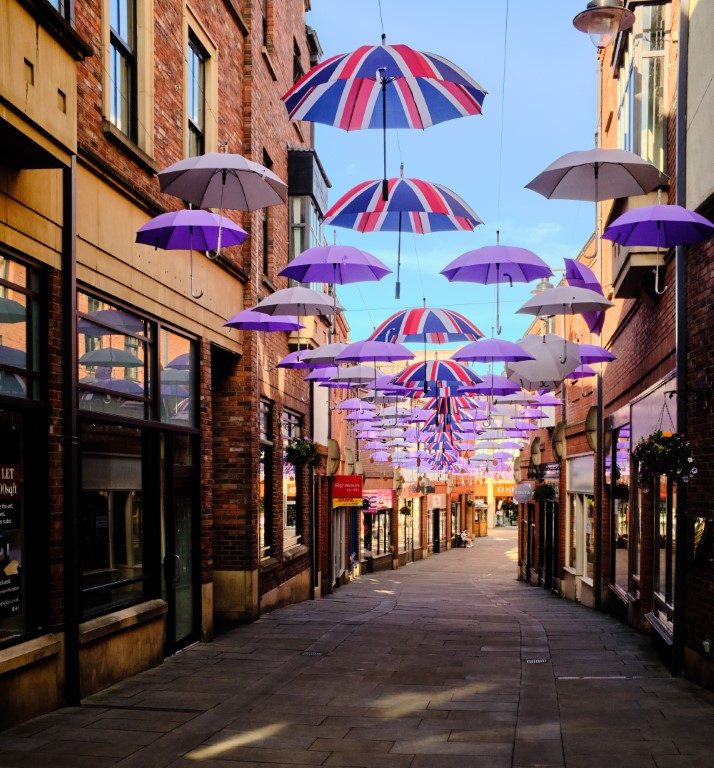Second “F2F meeting” of ISG THz in Durham
The ISG THz second face to face meeting was held between the 20th to the 23rd of June, 2023, in the historic city of Durham, famous for its Cathedral and Castle which accommodates some of the lucky undergraduate students. The meeting which was hosted by the department of Engineering at Durham University was attended by 35 participants representing academia, and industry both in person and online from across six European countries and several participants from China. We had relatively pleasant weather unlike the heavy rain that followed in July.

The ISG which has four working items: WI 1: Identification of use cases for THz communication systems WI 2: Identification of frequency bands of interests for THz communication systems, WI 3: Channel measurements and modeling in THz bands and WI 4: RF Hardware Modeling started by discussing the postive responses for its liaison letters which included the ITU-R, in addition to a number of liaison letters to be sent to other groups working on related topics to the four WIs.
To strengthen the relationship between the ISG and the European COST Action INTERACT, the meeting was attended by Laurent Clavier the Chair of the action who presented the activities of the action and discussed future collaborative aspects between the Action and the ISG.
The meeting then discussed all the technical documents submitted to the meeting for each WI. The first day and a half were occupied with the discussions of the use cases with several use cases being approved such as remote surgery, remote education and Holographic /XR telepresence. Other use cases were identified for further discussions such as massive twinning, high speed railway and Ultra-high throughput for indoor users.
The potential applications and frequency allocations of frequency bands in the coming World RadioCommunications Conference, WRC23 were discussed under WI 2 with members of the group encouraged to contribute where possible through their administrations with regards to frequency band allocations below and above 275 GHz. There was a discussion of the transmittance windows, which are currently defined for a standard atmosphere and a fixed link distance and the need to address different link distances with the broadest resulting band to be used to describe the frequency ranges. It was suggested that “transmission windows” might be suitable since transmittance comes from Optics.
In WI 3 Several measurements were presented in indoor, industrial, and outdoor in the frequency bands 140 GHz, 220 GHz and 300 GHz. Some measurements on building material penetration loss were also presented. It was agreed to make a list of available measurement equipment with their specifications to identify available capability in the targetted frequency bands and potential measurement scenarios for the identified use cases. The collaboration between the different group members with regards to modelling and combining measurement data for the channel models was also discussed. It was pointed out that an agreement on the methodology for the measurements and the data processing/analysis would be helpful for combining measurement data and modelling. Other THz-specific propagation aspects were identified for further discusssion via contributions: molecular absorption, weather, micro-mobility, scattering, reflections, diffractions, and near field.
WI4 rapporteur presented a draft report skeleton with a more complete summary to be presented in the next meeting.
During the meeting, the multi-band channel sounder of Durham University was set up for a demonstration for the in person attendees at 140 GHz.

Durham Channel sounder demo
Following the end of discussion on the second day of the meeting, a walk around the historic city of Durham including a visit to the castle was followed by dinner.

We look forward to more productive and exciting meetings both online and in person and look forward to seeing you all again in TU Braunschweig in September.
Leadership team:
Chair: Thomas Kürner, TU Braunschweig IST.hub
Vice-Chair: Mate Boban, Huawei TECH GmbH
Vice-Chair: Sana Salous, Durham University
Vice-Chair: Sharad Sambhwani, Apple France
Secretary: Javier Lorca, InterDigital

